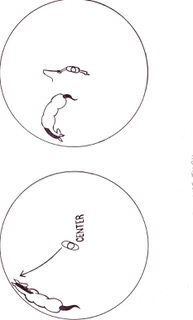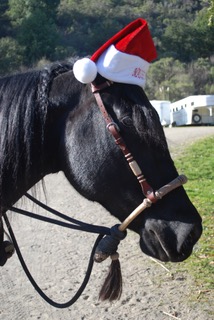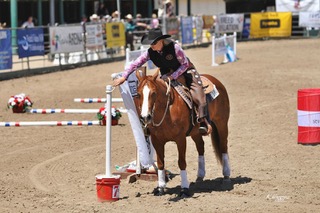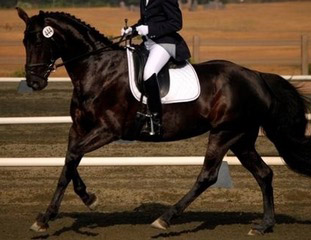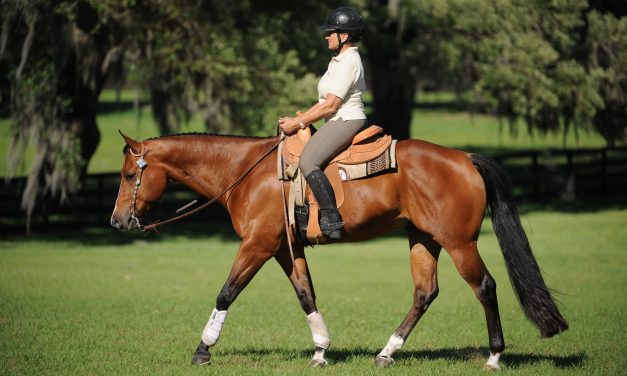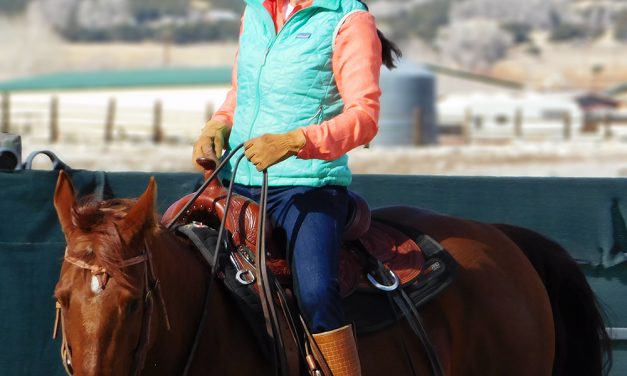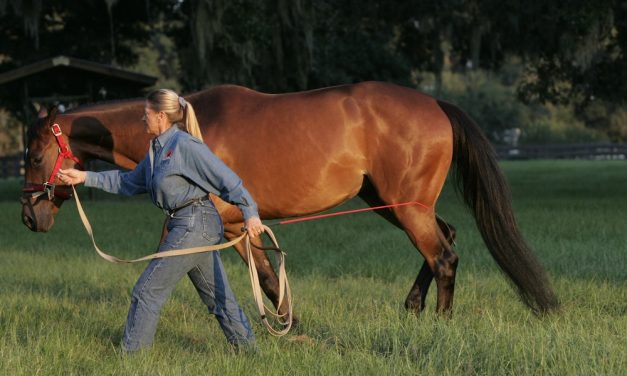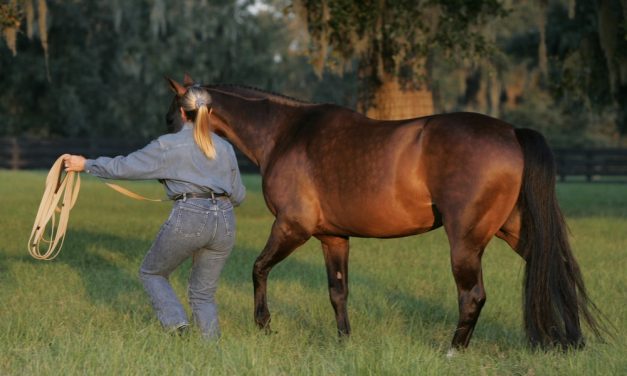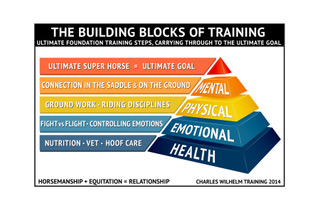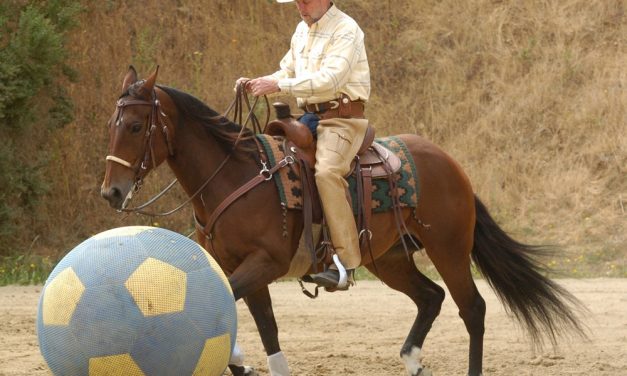The Benefits of Using a Round Pen – Part I
A round pen can be an excellent tool. It creates a very safe training
environment with the round edges, smooth sides and no corners. It
should have sides at least six feet high so a horse can get his head over
the top of it. Some people work in a square pen but you spend a lot of
time teaching the horse to stay out of the corners, which is an exercise in
itself. I don’t see the benefit and I think it is a little harder on the horse.
Also, the diameter plays a role in its usefulness and I personally don’t
want anything larger than sixty feet across. Anything larger and you lose
a connection with the animal.

